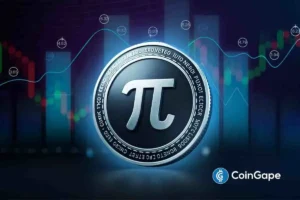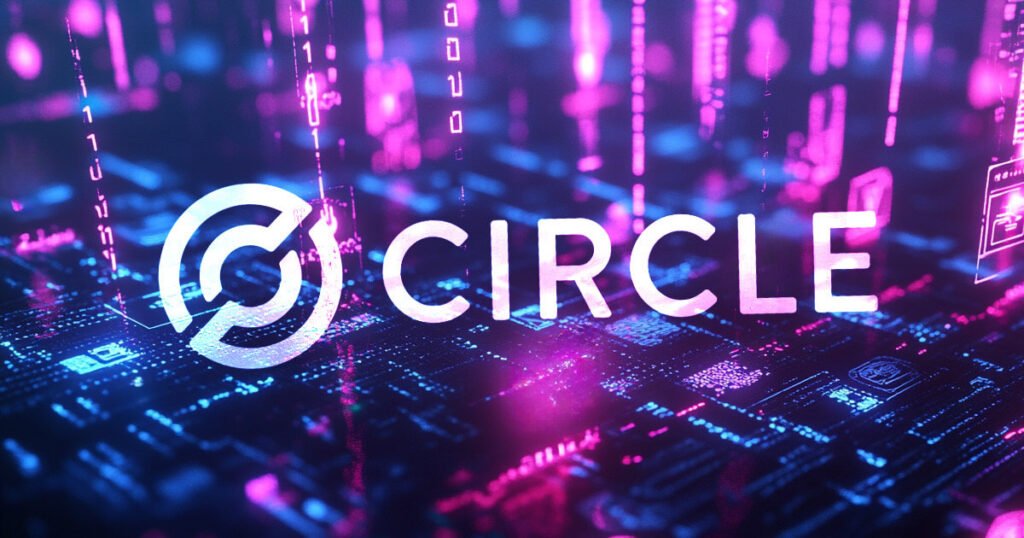Circle recently announced the launch of its Refund Protocol, a non-custodial smart contract system designed to facilitate dispute resolution for stablecoin transactions without the need for centralized intermediaries. This initiative addresses the lack of a built-in mechanism for refunds or chargebacks when using stablecoins. The Refund Protocol empowers payment arbiters with specific powers while limiting their control over funds, allowing for refunds to predefined addresses and early withdrawals for a negotiated fee.
CEO Jeremy Allaire stated that the Refund Protocol builds upon the company’s previous open-source releases for confidential and reversible payments, aiming to expand the presence of stablecoin payments in mainstream transactions. The launch coincides with Circle’s USDC becoming the default currency for all new users of Binance’s crypto-powered payment app, Binance Pay. This move underscores Circle’s commitment to advancing the adoption of stablecoin payments in the digital economy.
By utilizing smart contracts, the Refund Protocol enables customers to initiate payments with ERC-20 tokens that are transferred to a smart contract rather than directly to the merchant. The contract records essential transaction details, including the recipient’s address, refund address, and payment value. In the event of a dispute, customers can request a refund either directly from the merchant or through an arbitrator, preserving the non-custodial nature of the system.
While the Refund Protocol introduces a valuable mechanism for resolving disputes in stablecoin transactions, Circle acknowledges several practical challenges that need to be addressed. These challenges include potential malicious behavior by arbiters, complexities in specifying refund addresses, gas inefficiencies due to individualized escrow management, and the unproductive nature of locked funds. Additionally, the current system does not generate yield for escrowed assets, but future upgrades could integrate lending protocols like Aave to monetize locked funds and distribute earnings between recipients and arbiters.
In conclusion, Circle’s introduction of the Refund Protocol represents a significant step towards enhancing the security and efficiency of stablecoin transactions by enabling non-custodial dispute resolution. By empowering payment arbiters with specific powers while preserving the control over funds, this innovative system aims to address the key shortcomings associated with using stablecoins in transactions. As the digital economy continues to evolve, solutions like the Refund Protocol play a crucial role in facilitating seamless and secure transactions using stablecoins.

















